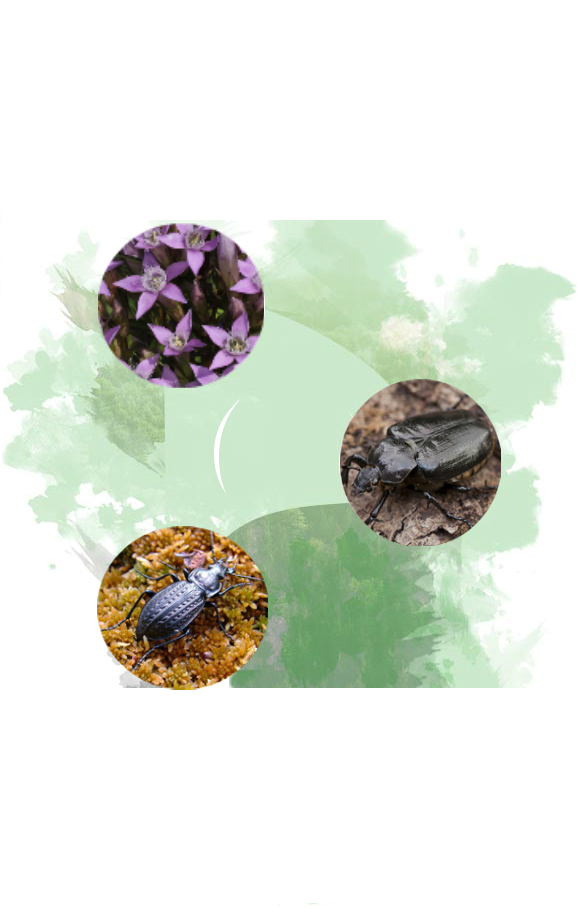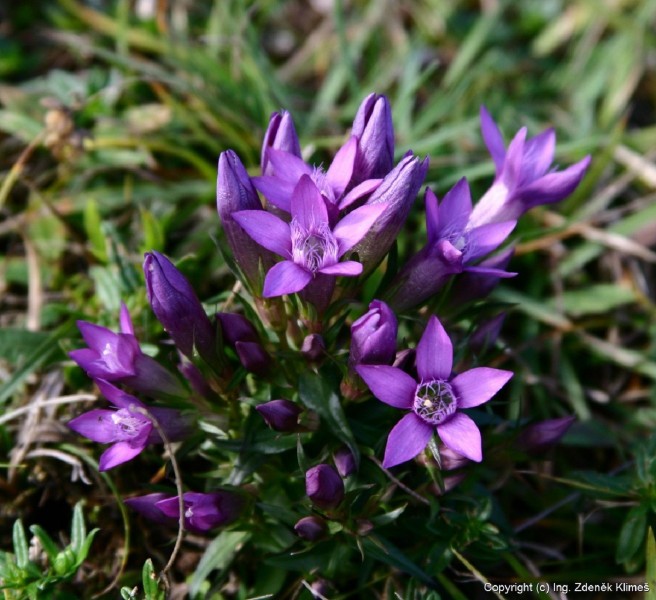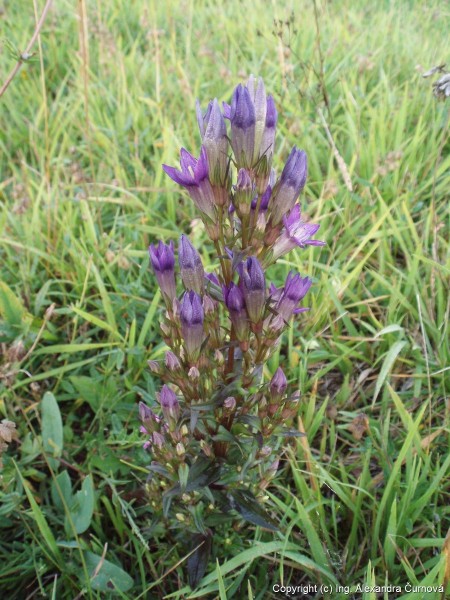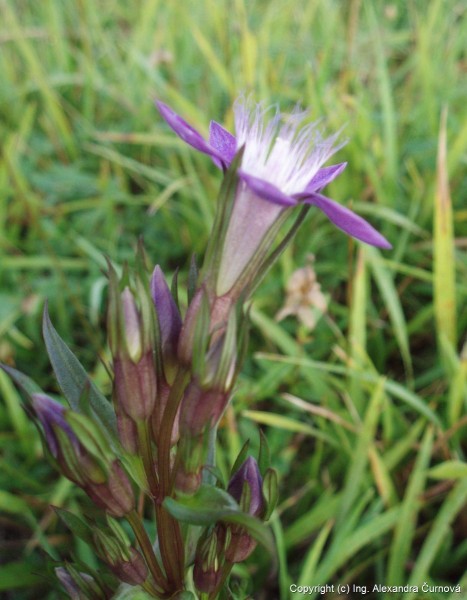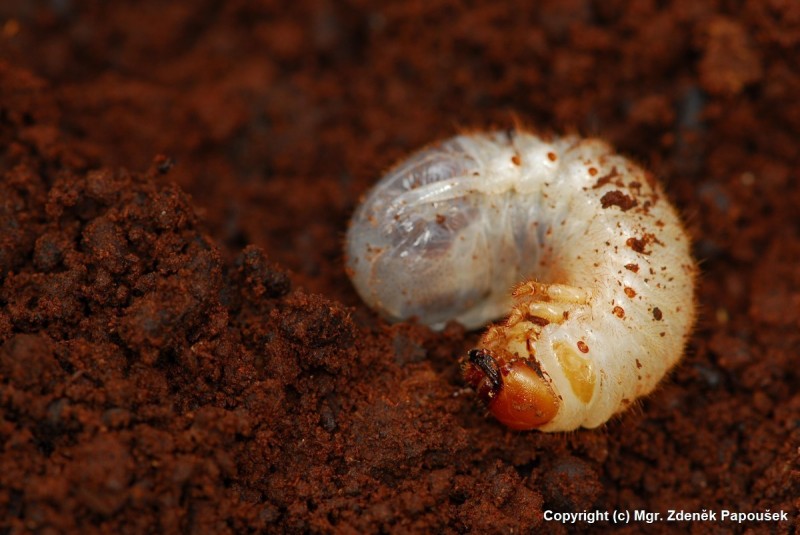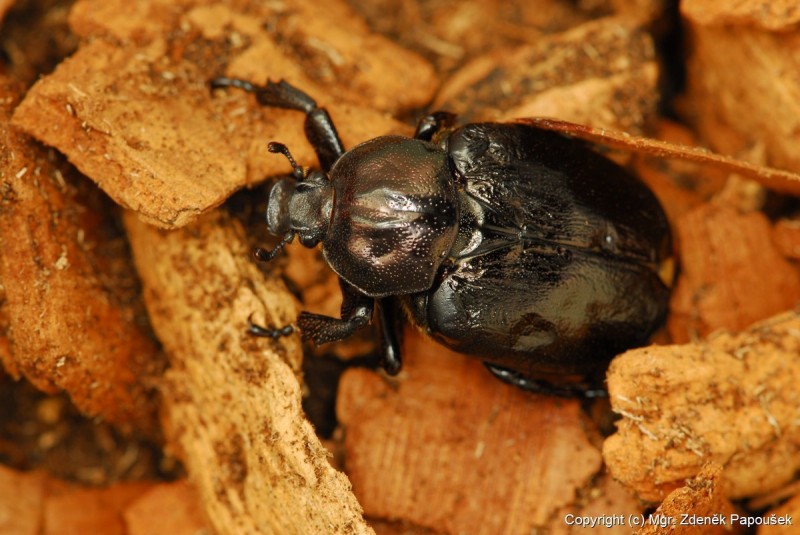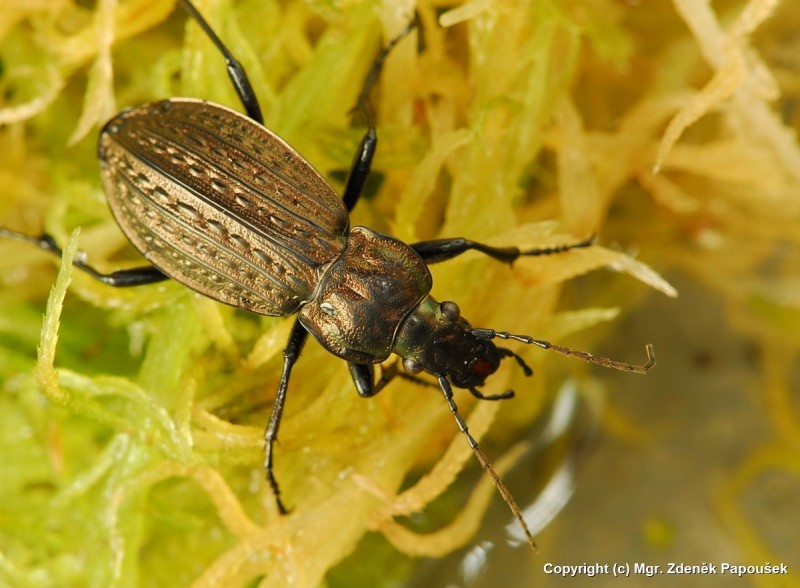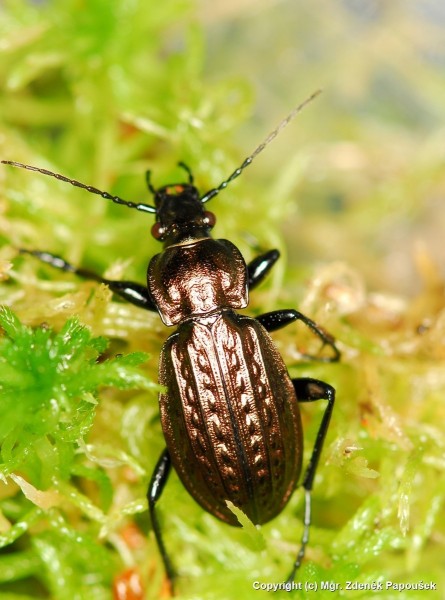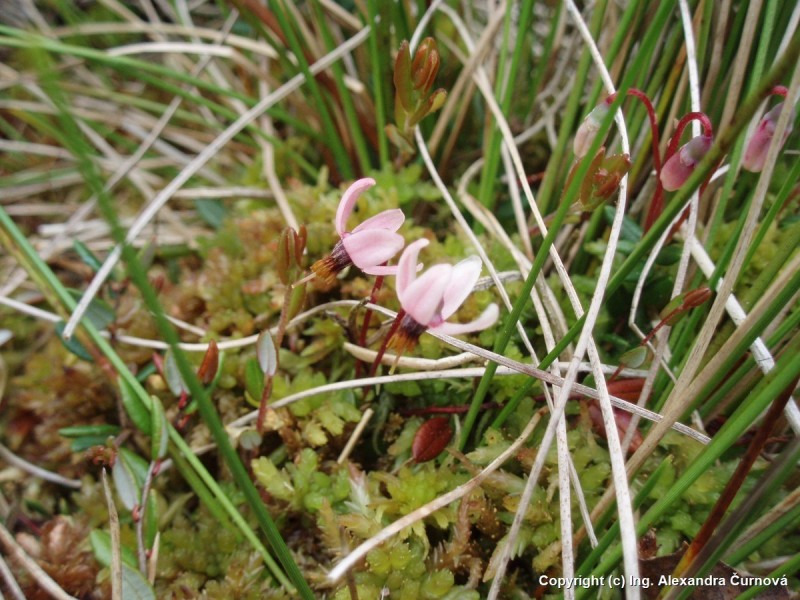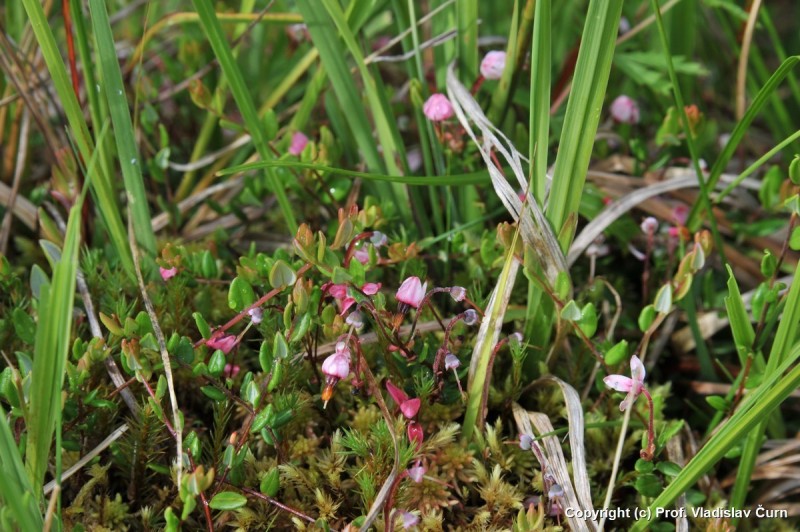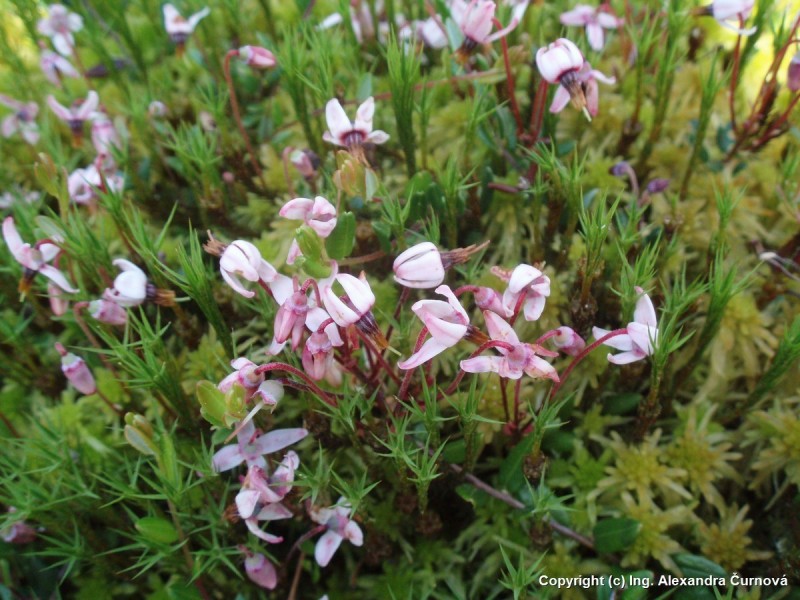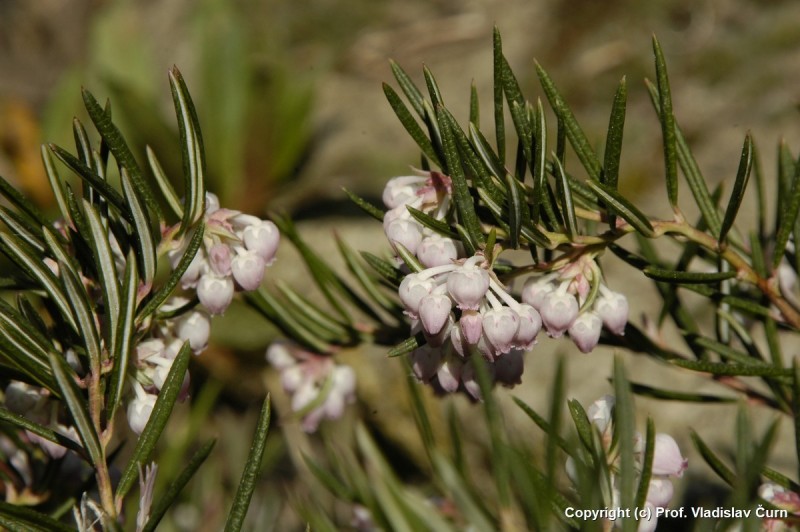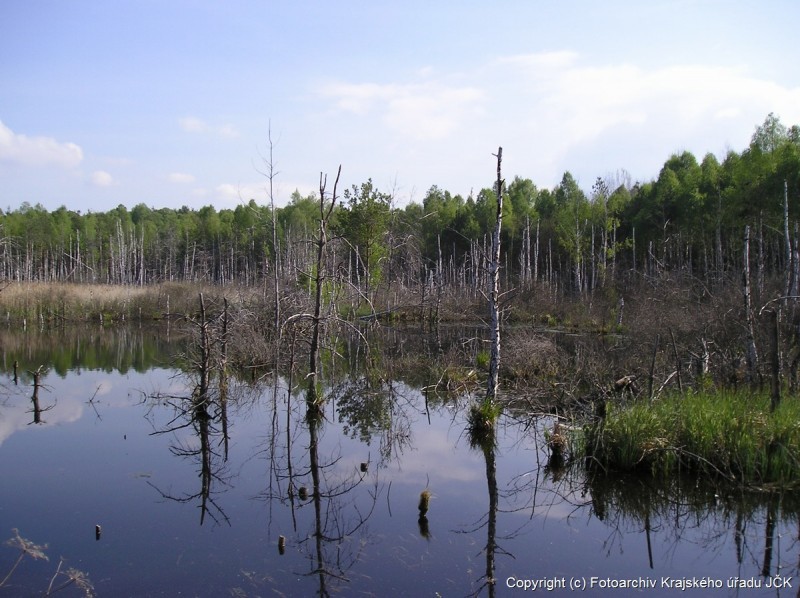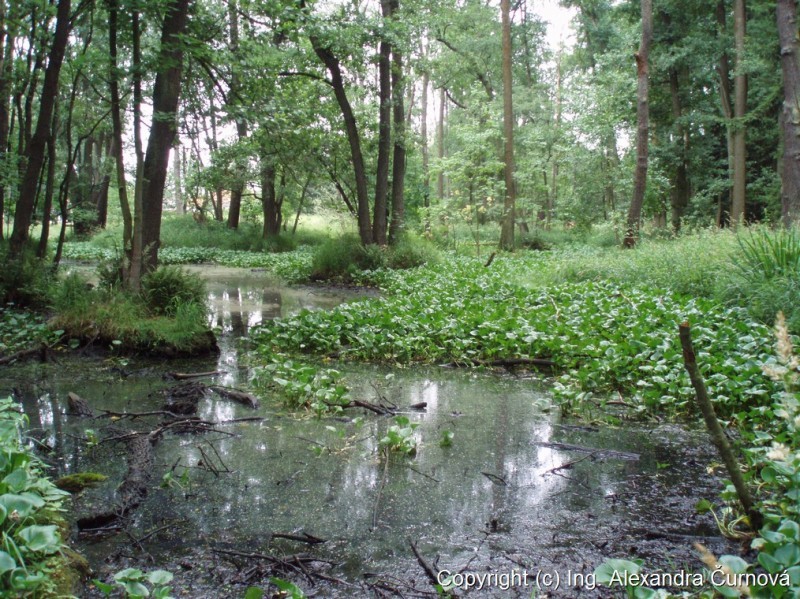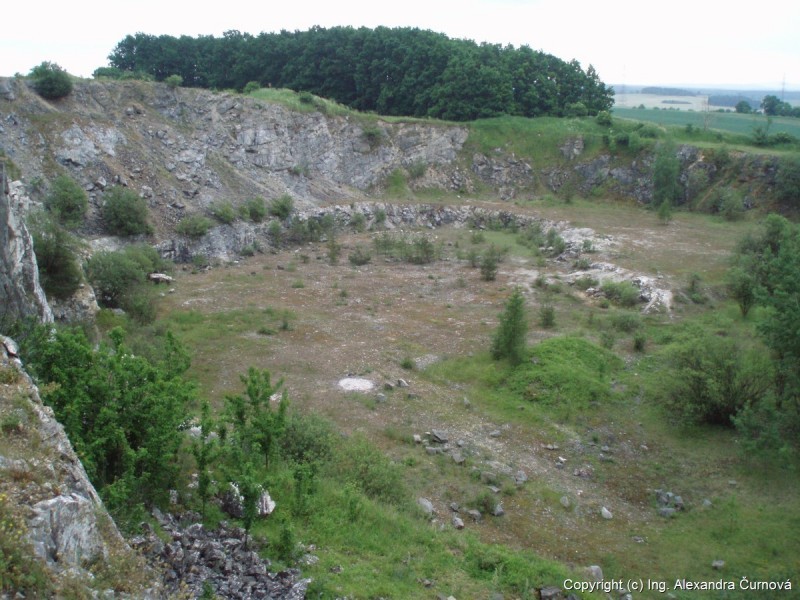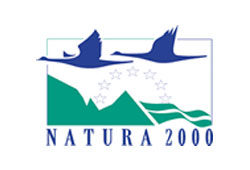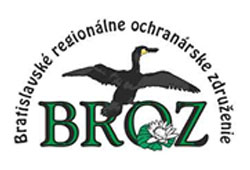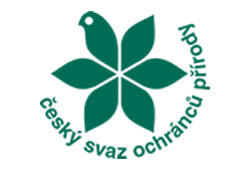Goals of the project
The main goal of project is improvement of the unfavourable or unfavourable-bad conservation status of 11 priority habitats and 3 priority species (with special focus on endemic species) in 25 SCIs (Sites of Community Importance) in the South Bohemia Region of the Czech Republic and 30 SCIs in south of the Slovak Republic. Subjects of protection are in poor condition due to long-term absence of site management, inappropriate management, expansion of invasive plant species, etc.
EXPECTED GOALS OF THE PROJECT
-
Gentianella praecox subsp. bohemica
The goal of the project is to optimise the management of 33 ha and increase the size of the habitat by 8.8 ha, i.e. an increase by 50 % when compared with the actual situation. Another goal is to increase the species population by 10 % minimally.
-
Osmoderma eremita
The goal of the project is to increase the species population by 10 % minimally and increase the size of suitable sites by 20 %. Within the framework of the whole project, more than 1,000 old trees will be treated and other 1,000 trees will be planted. 300 pollard willows will be treated, and 500 willows will be planted.
-
Carabus menetriesi pacholei
The goal is to increase the size of the species habitat by 20 ha (15 % of the actual size) and to increase the species population also by 15 %
-
Active raised bogs (7110*)
restoration of 79 ha by considerate mowing
-
Bog woodland (91D0)
The management will be realised on the area of 125 ha totally with the goal to increase the size of the site by 20 ha
-
Alluvial forests with Alnus glutinosa and Fraxinus excelsior (91E0)
1,000 pieces of original woody plants, above all original species of poplar trees and willows will be planted. A liquidation of invasion plant species will be realised on the site of 17 ha.
-
Salt marshes and grasslands (1340*, 1530*, 6110*, 6120*, 6210*, 6250*, 6260*)
restoration of habitats on an area of 225 ha, removal of 2000 m of drainage channels, restoration of the water regime to 42 hectares of peat biotopes
